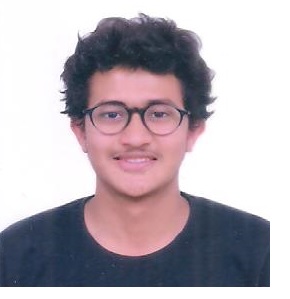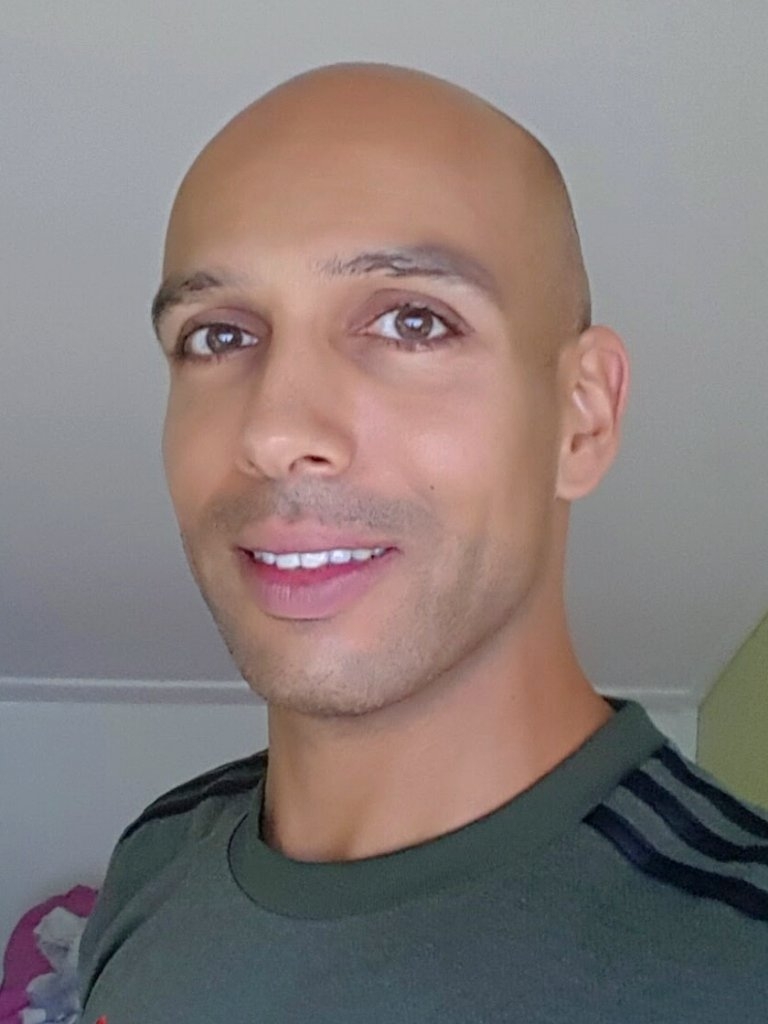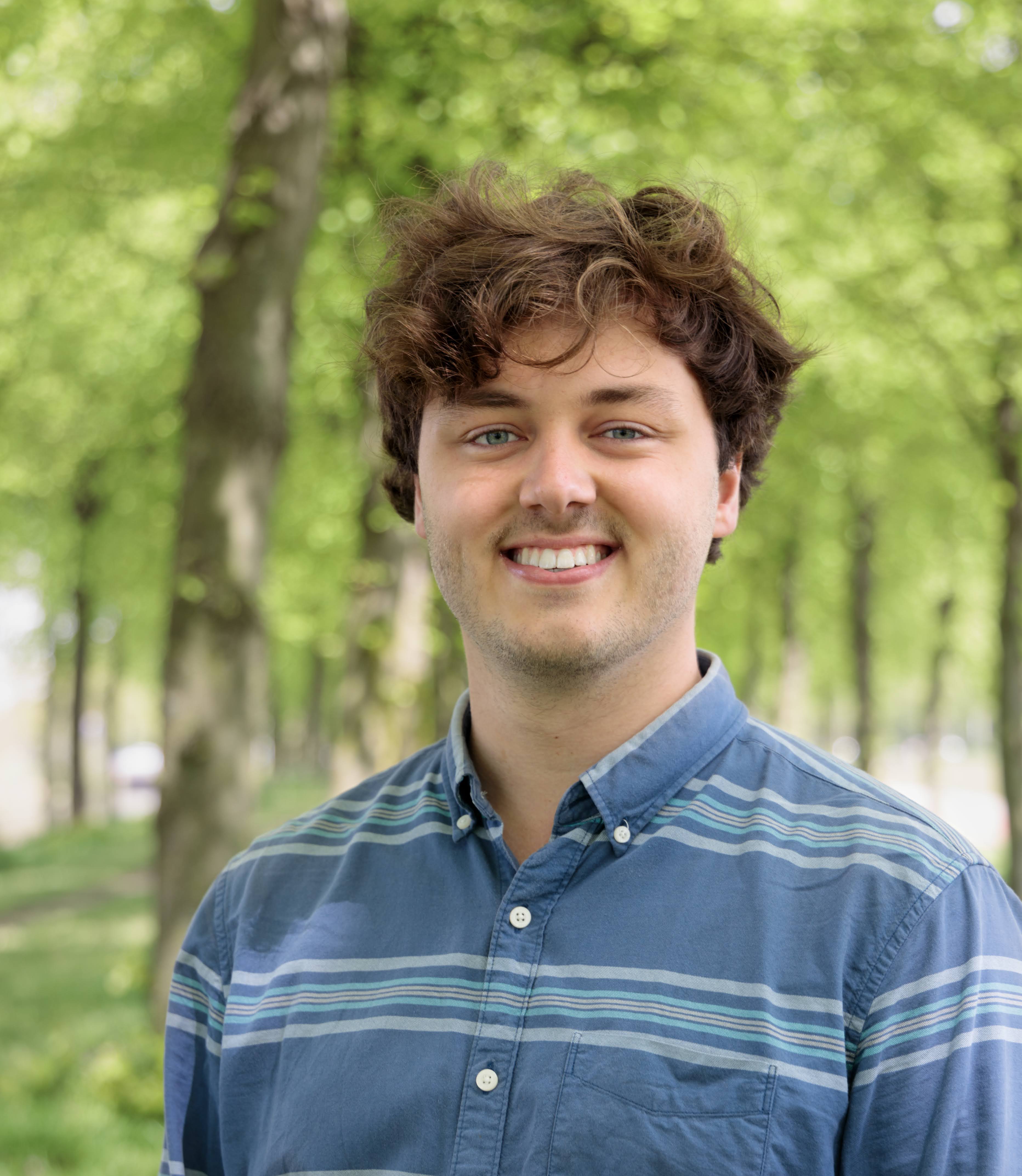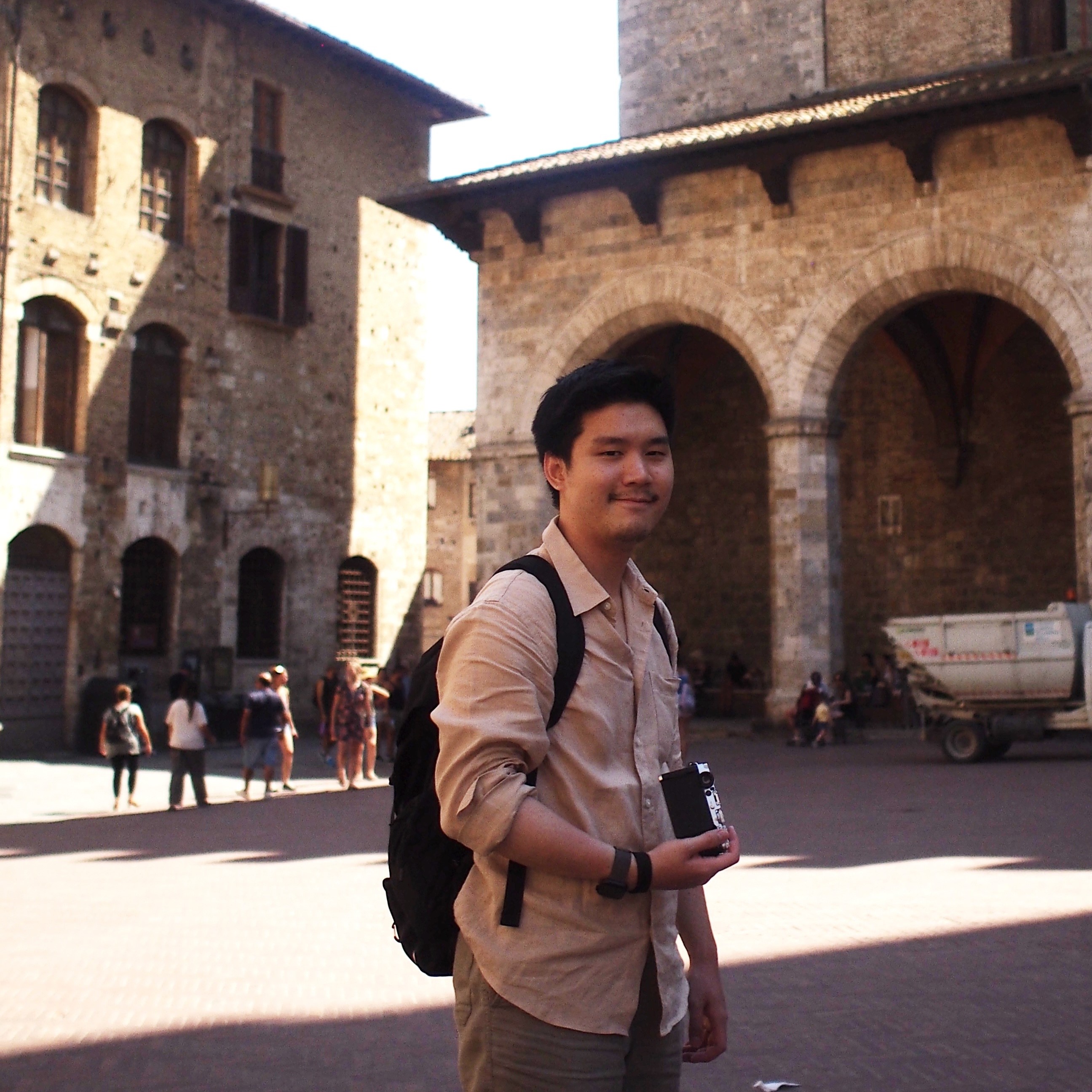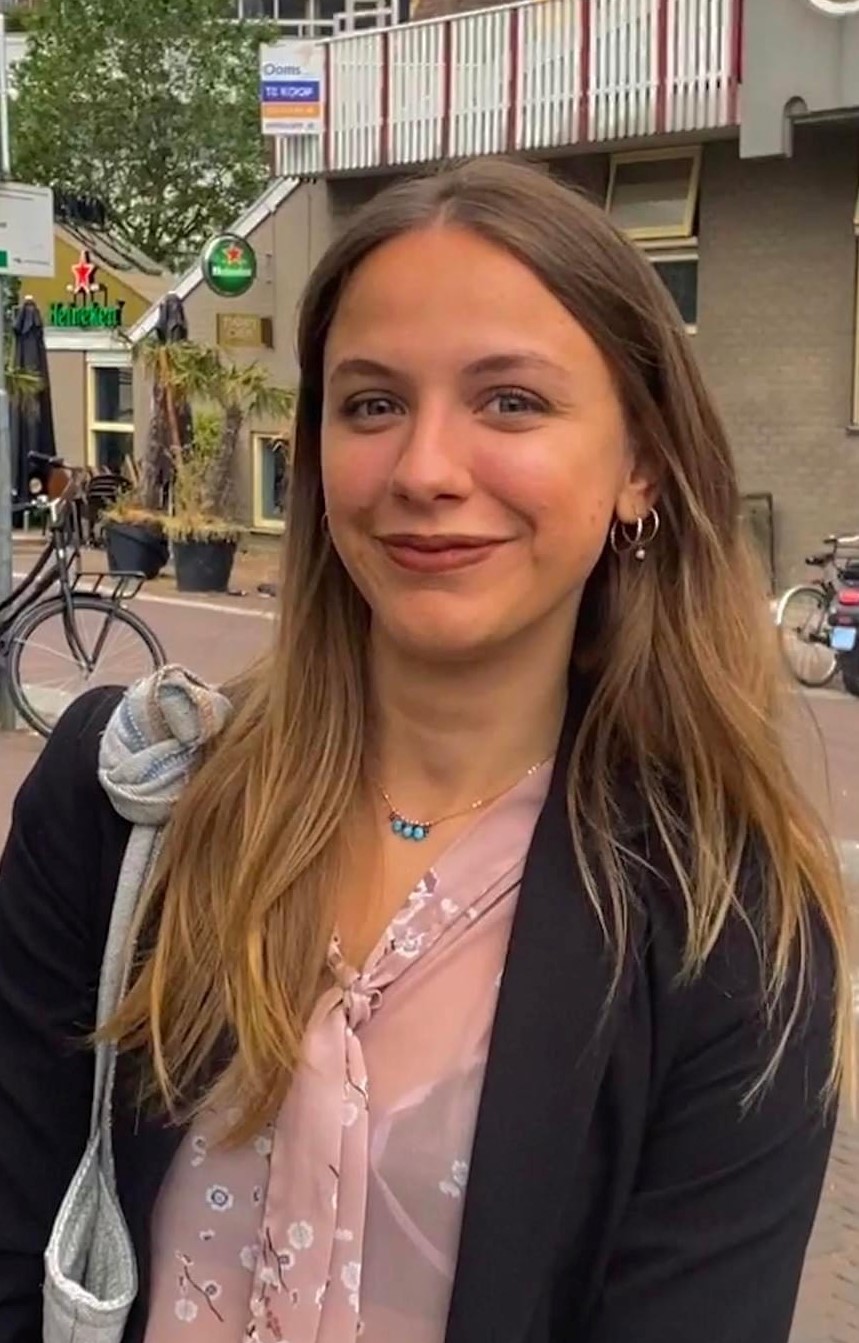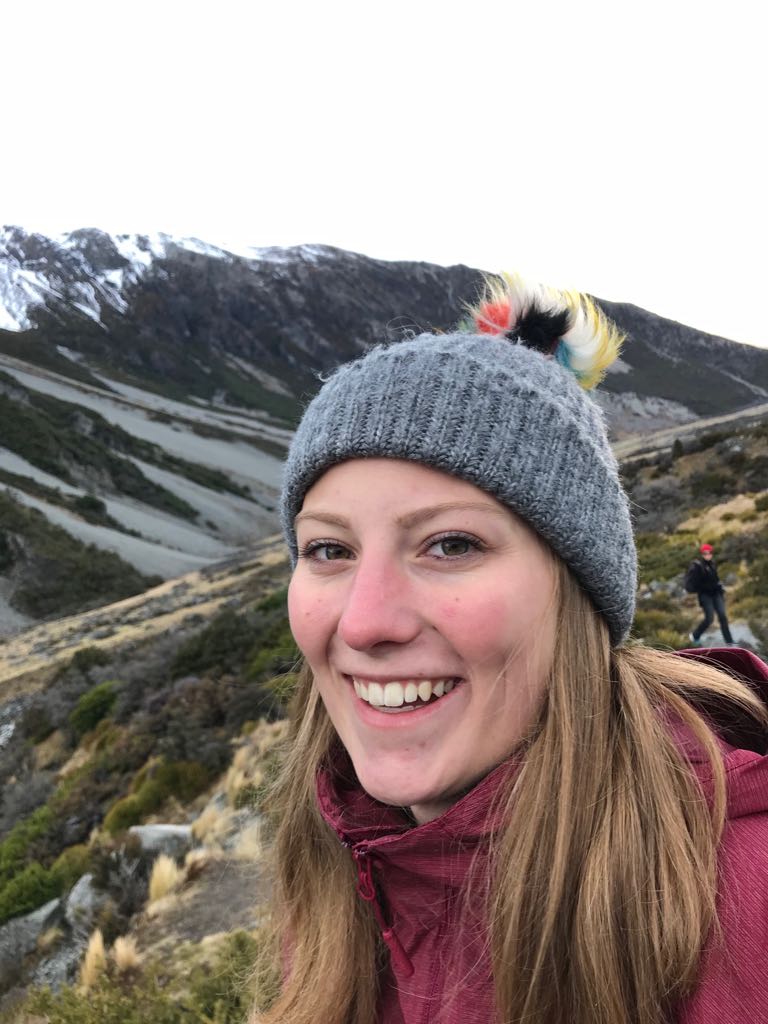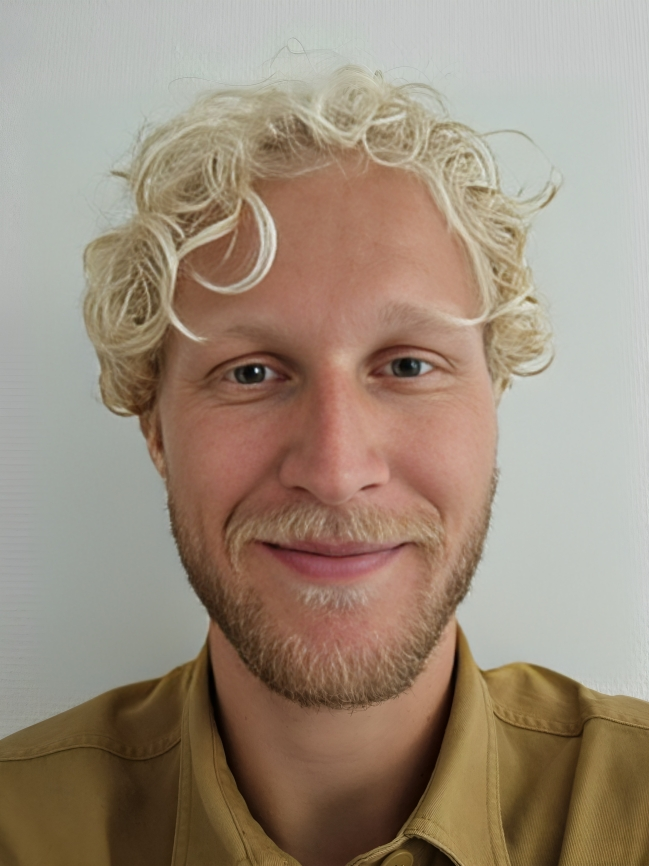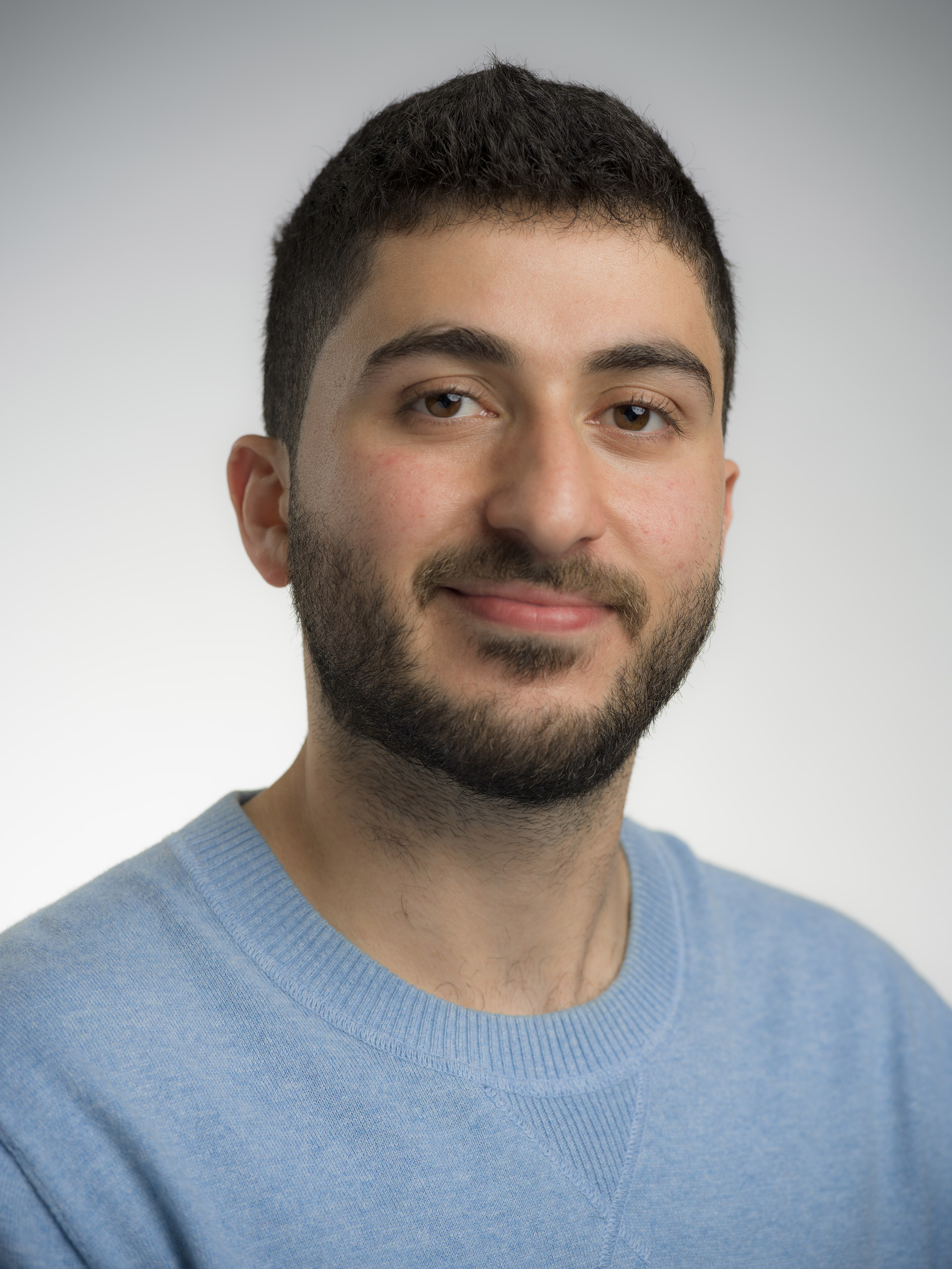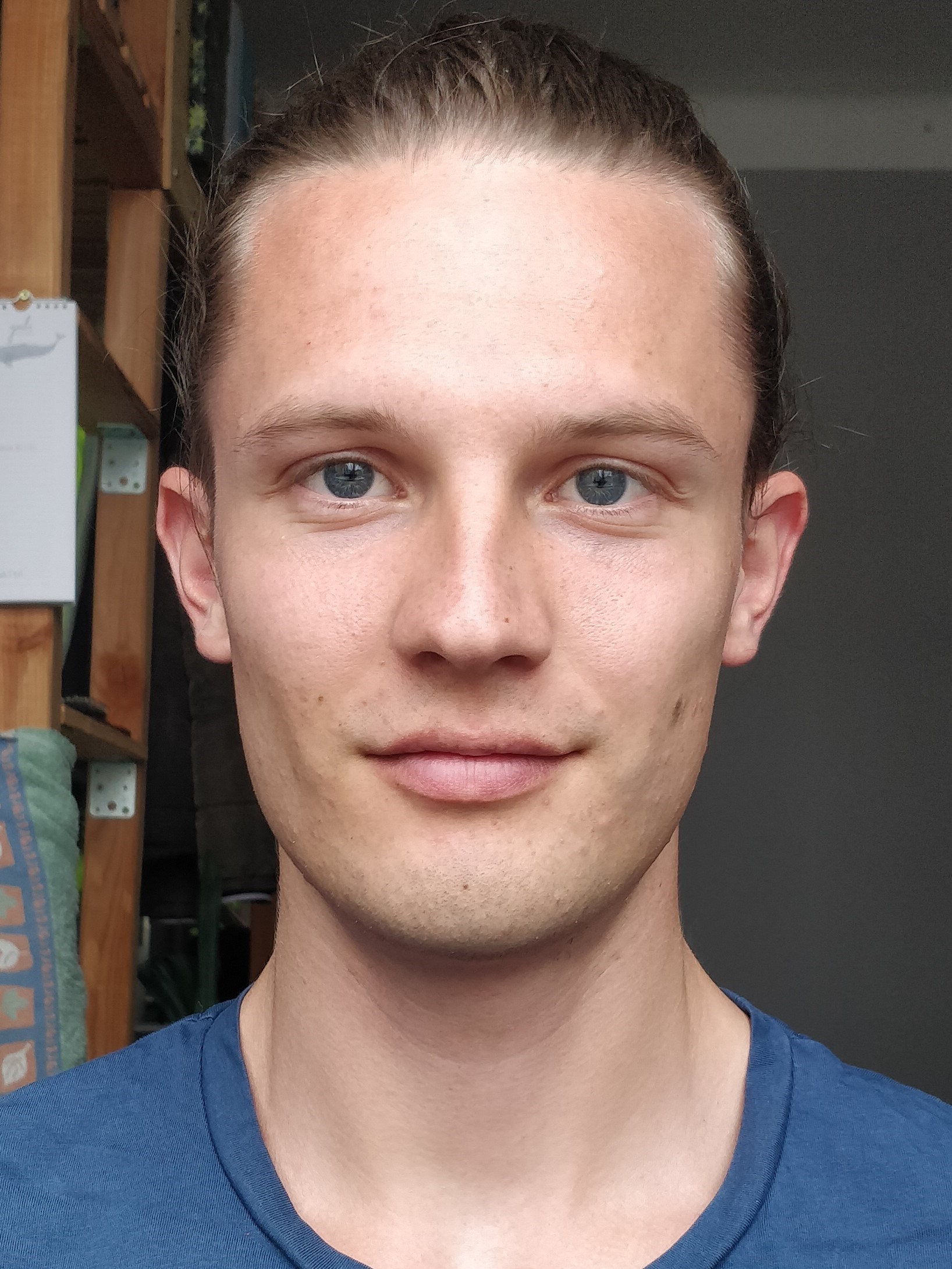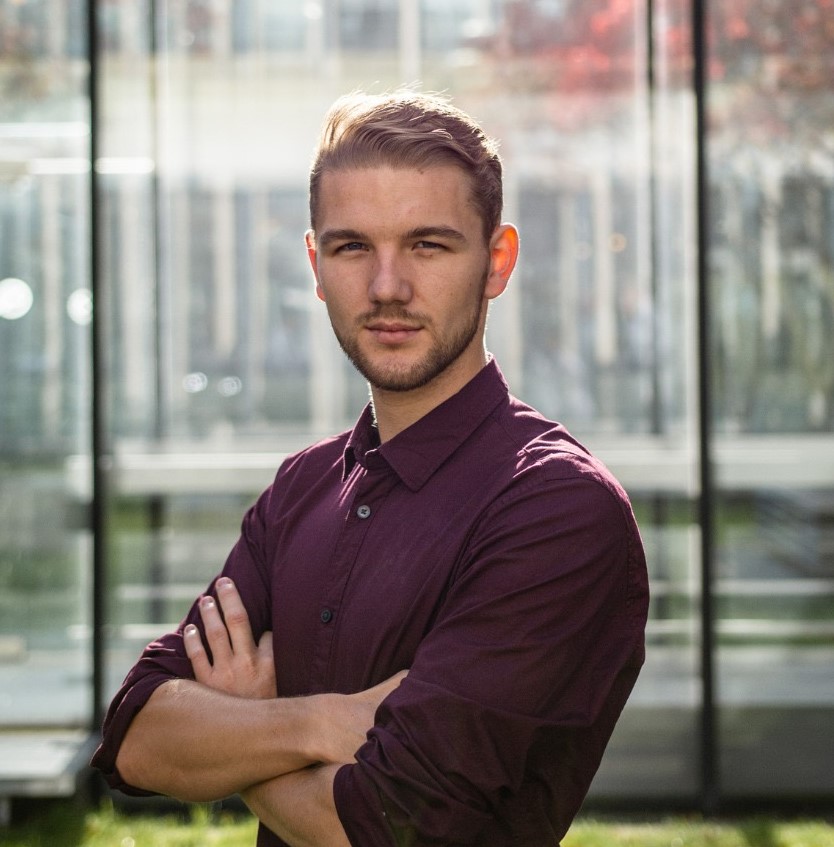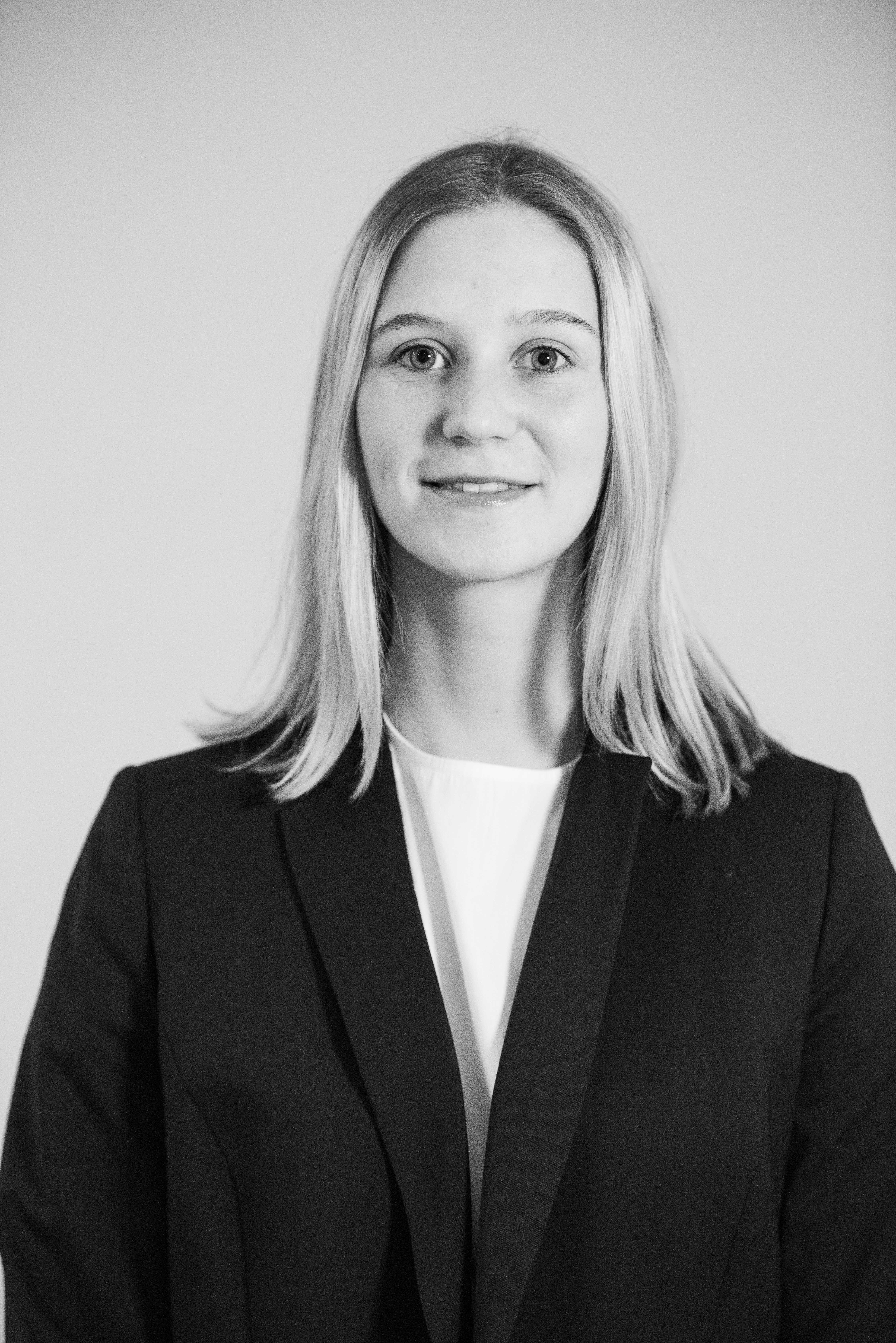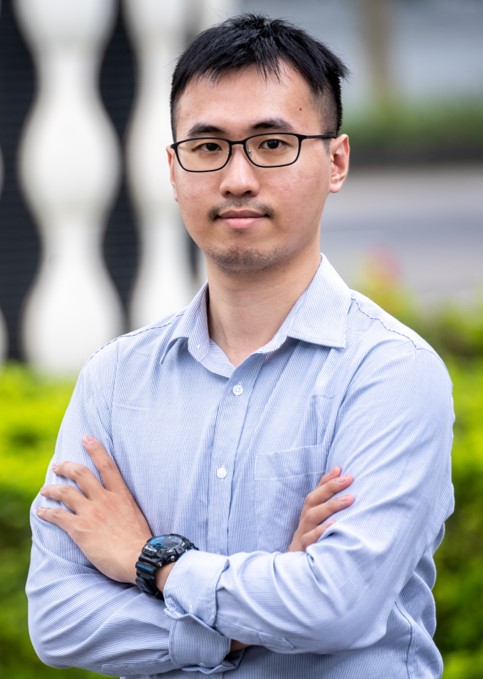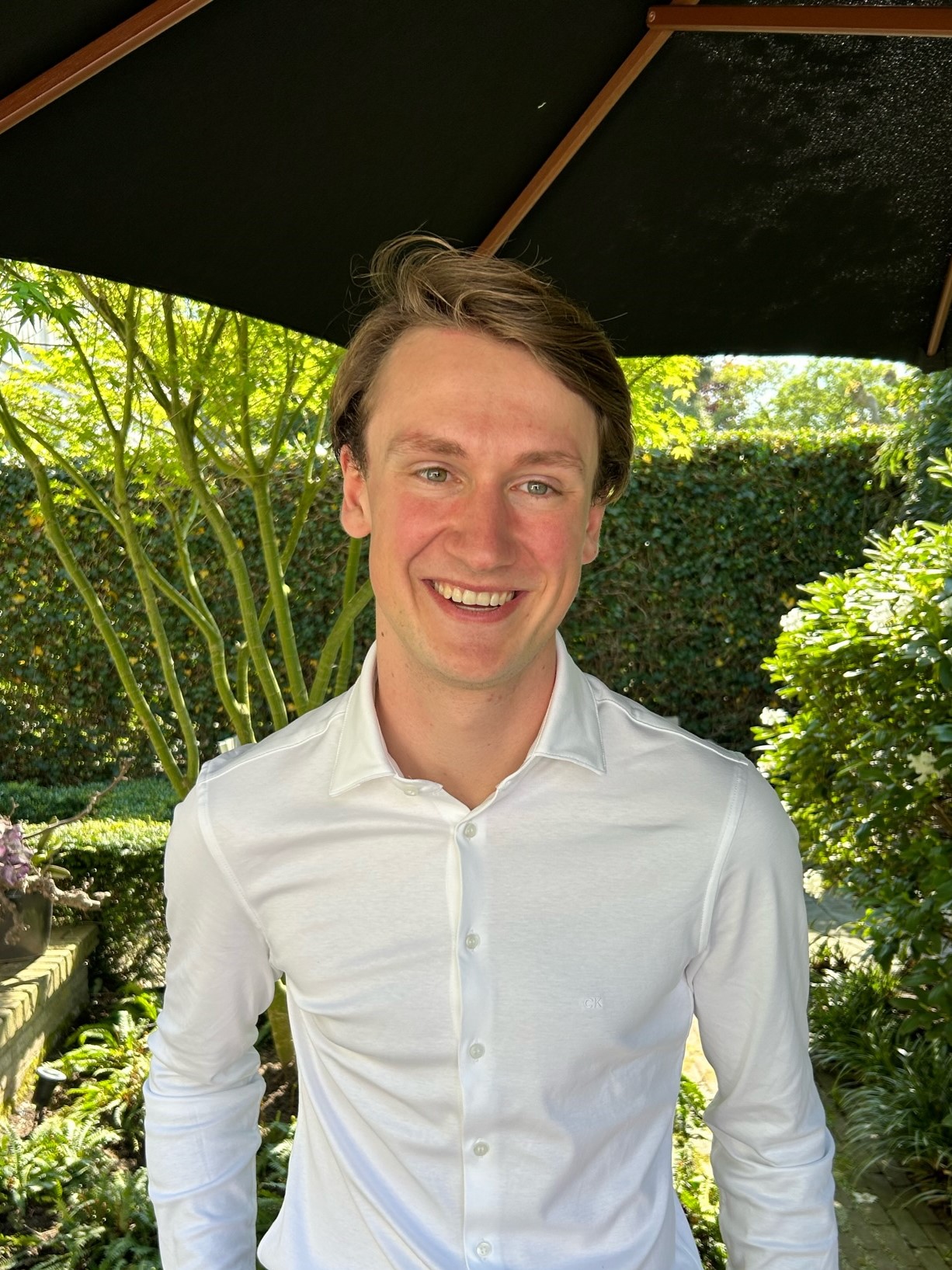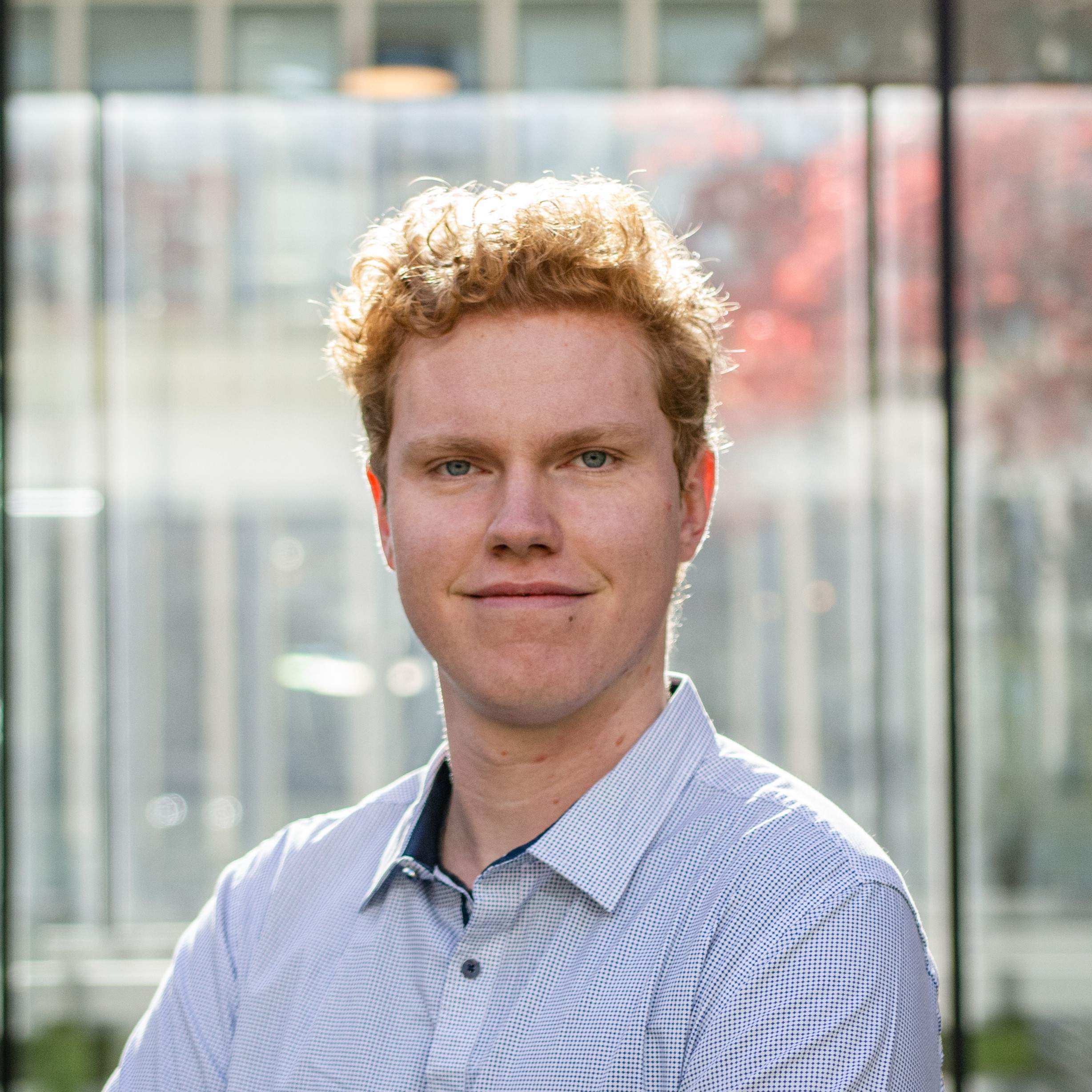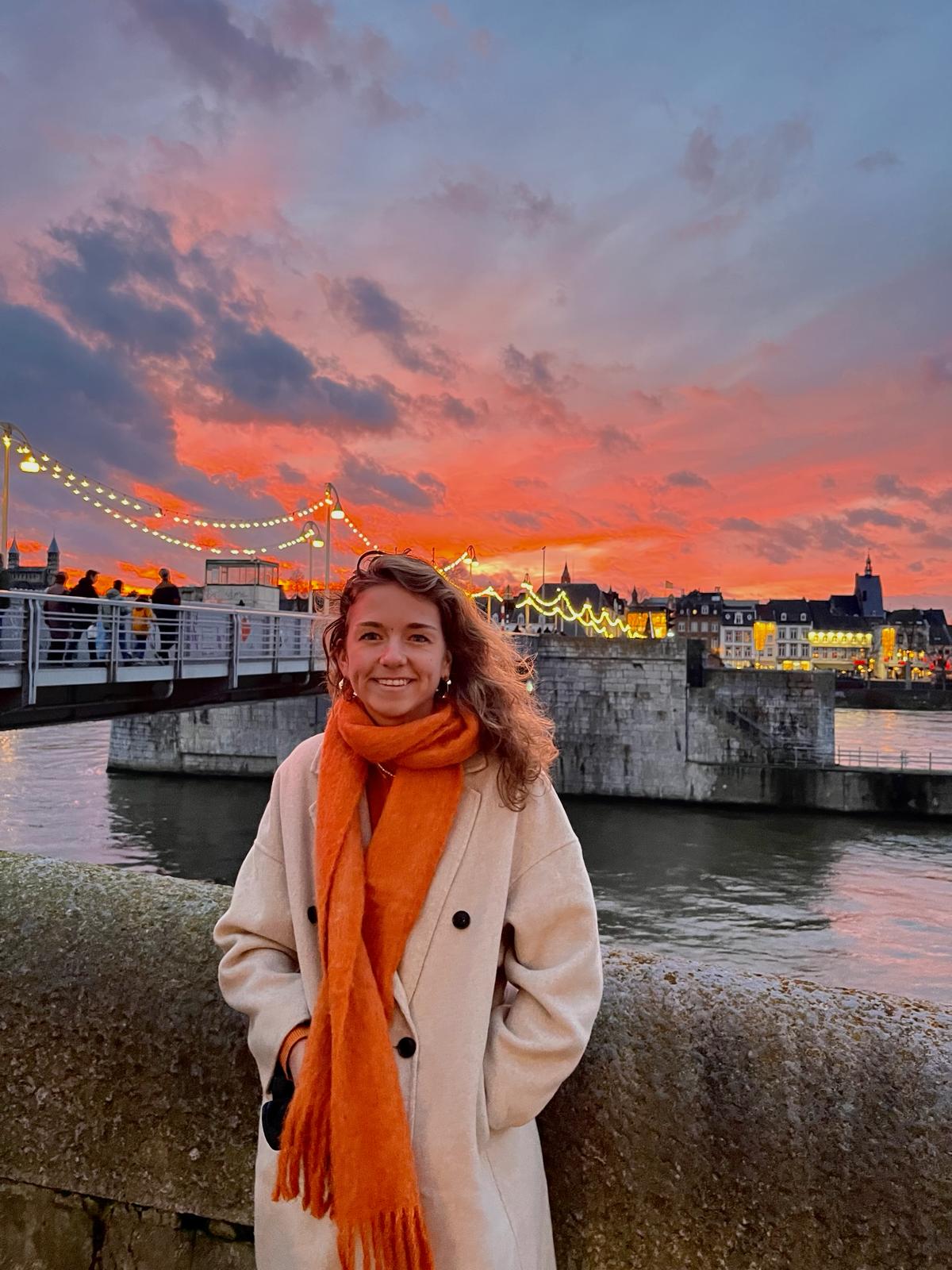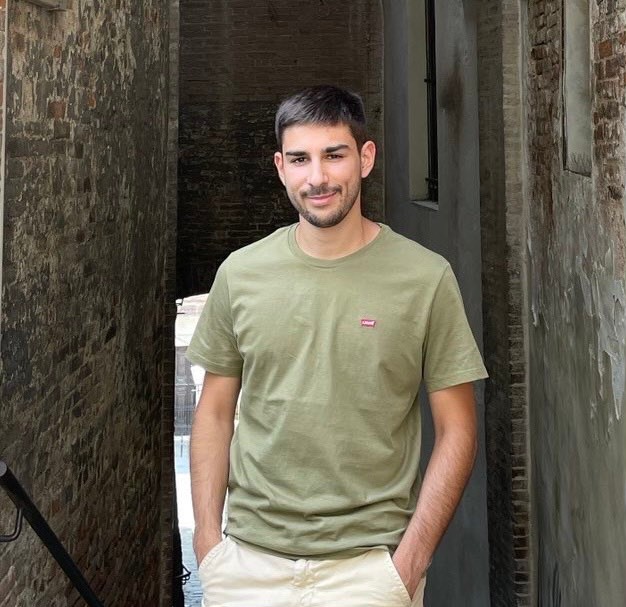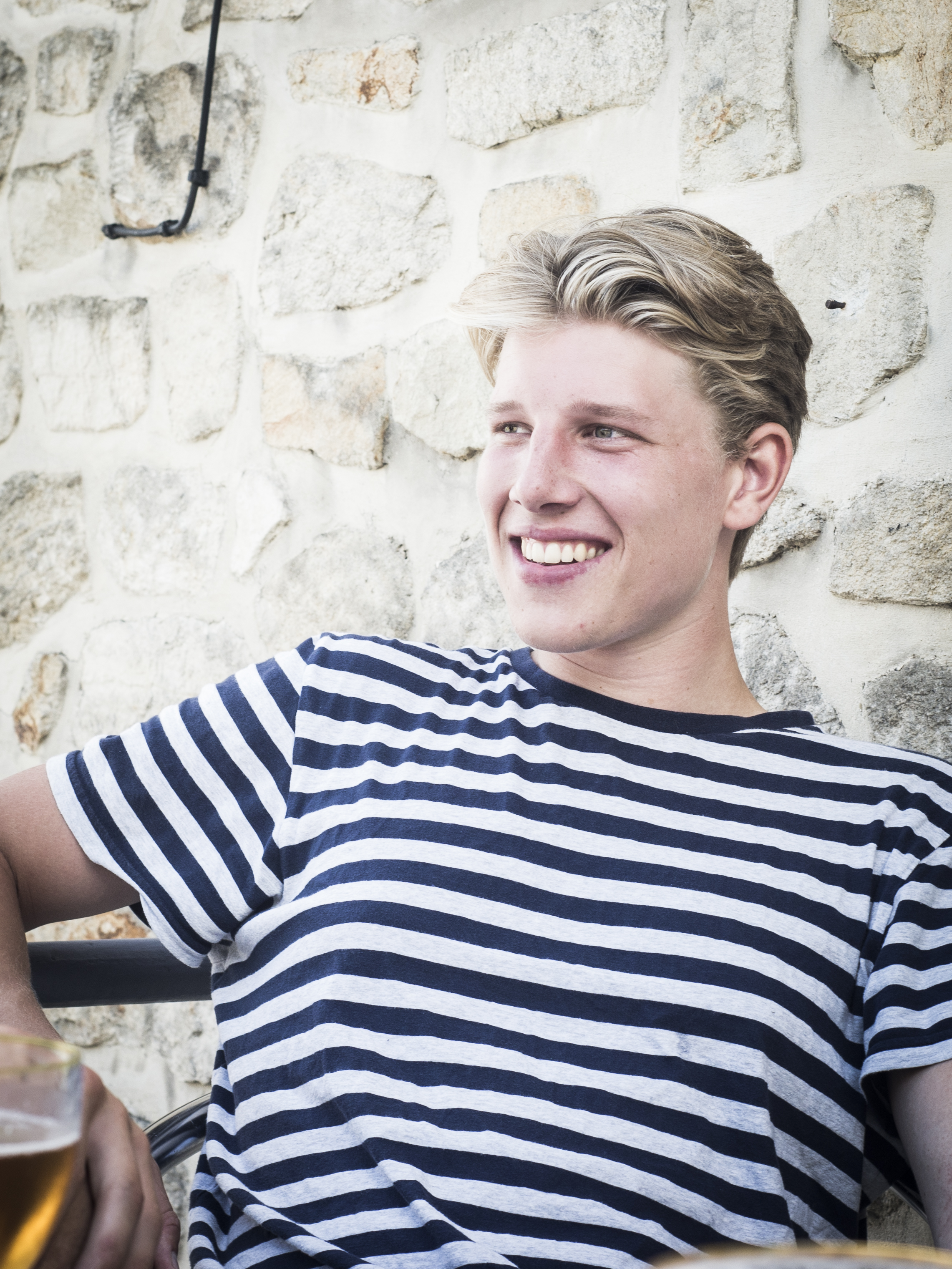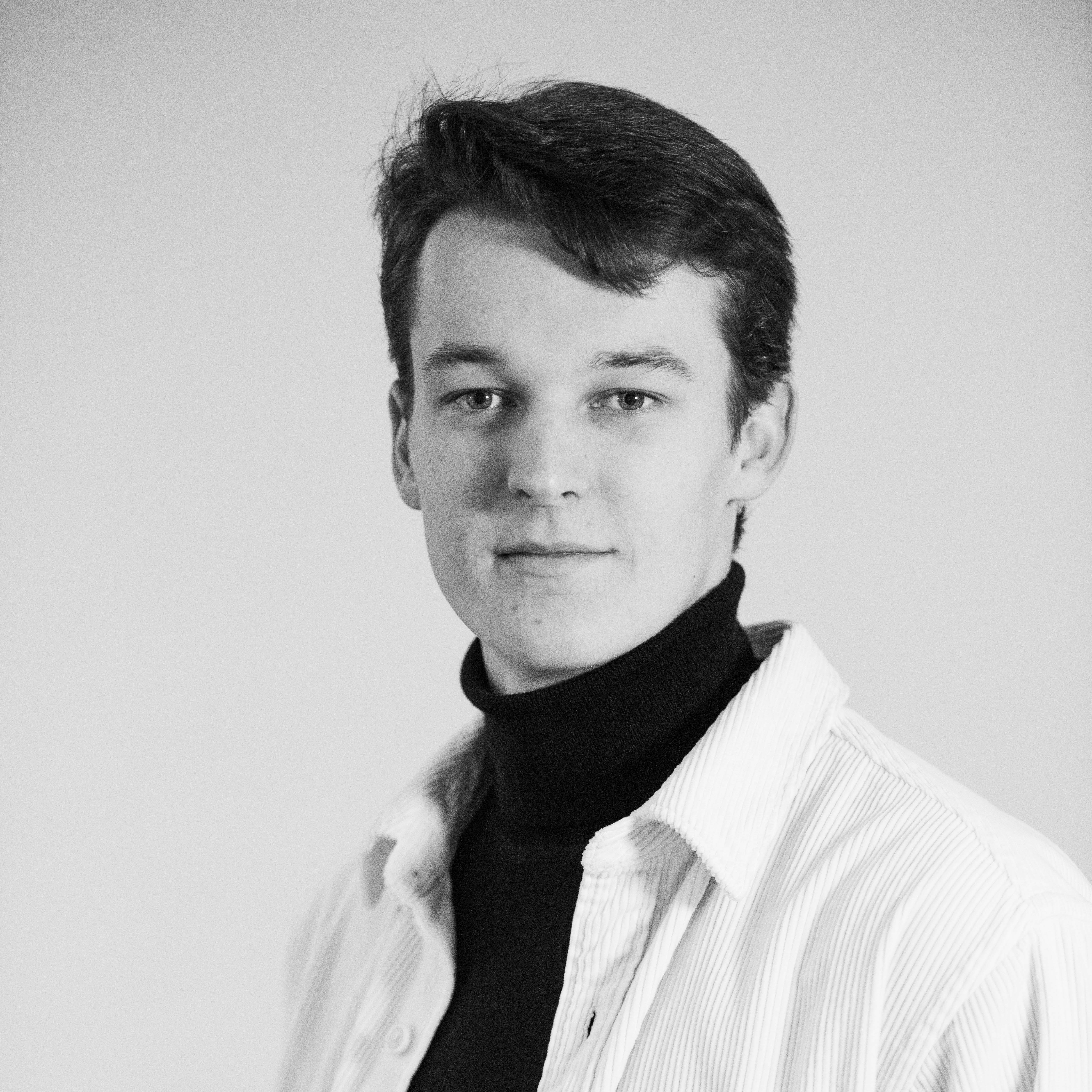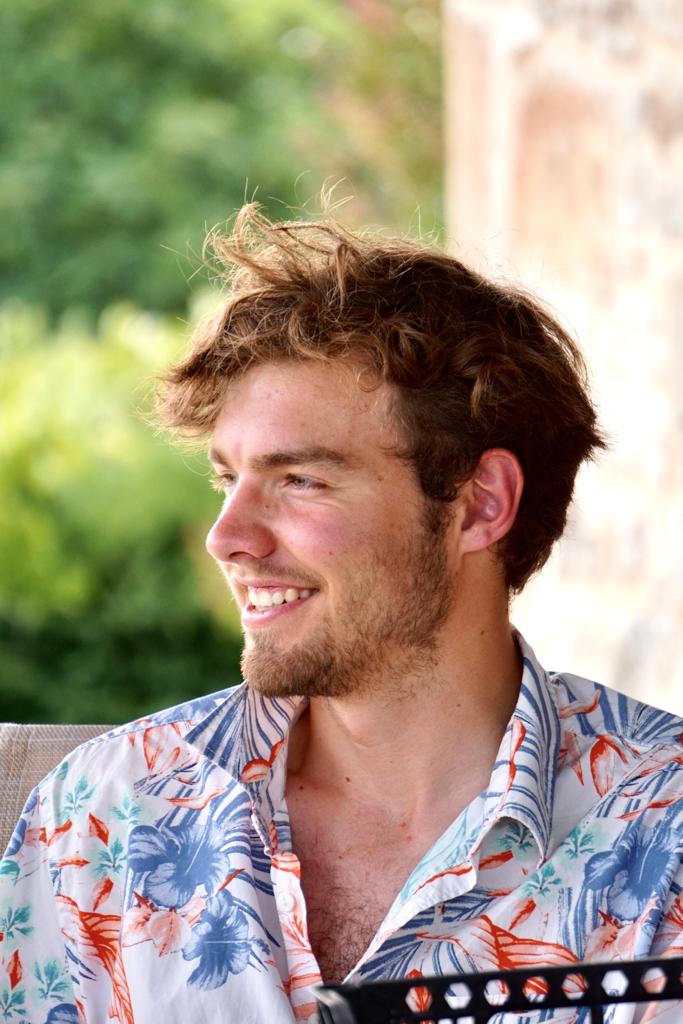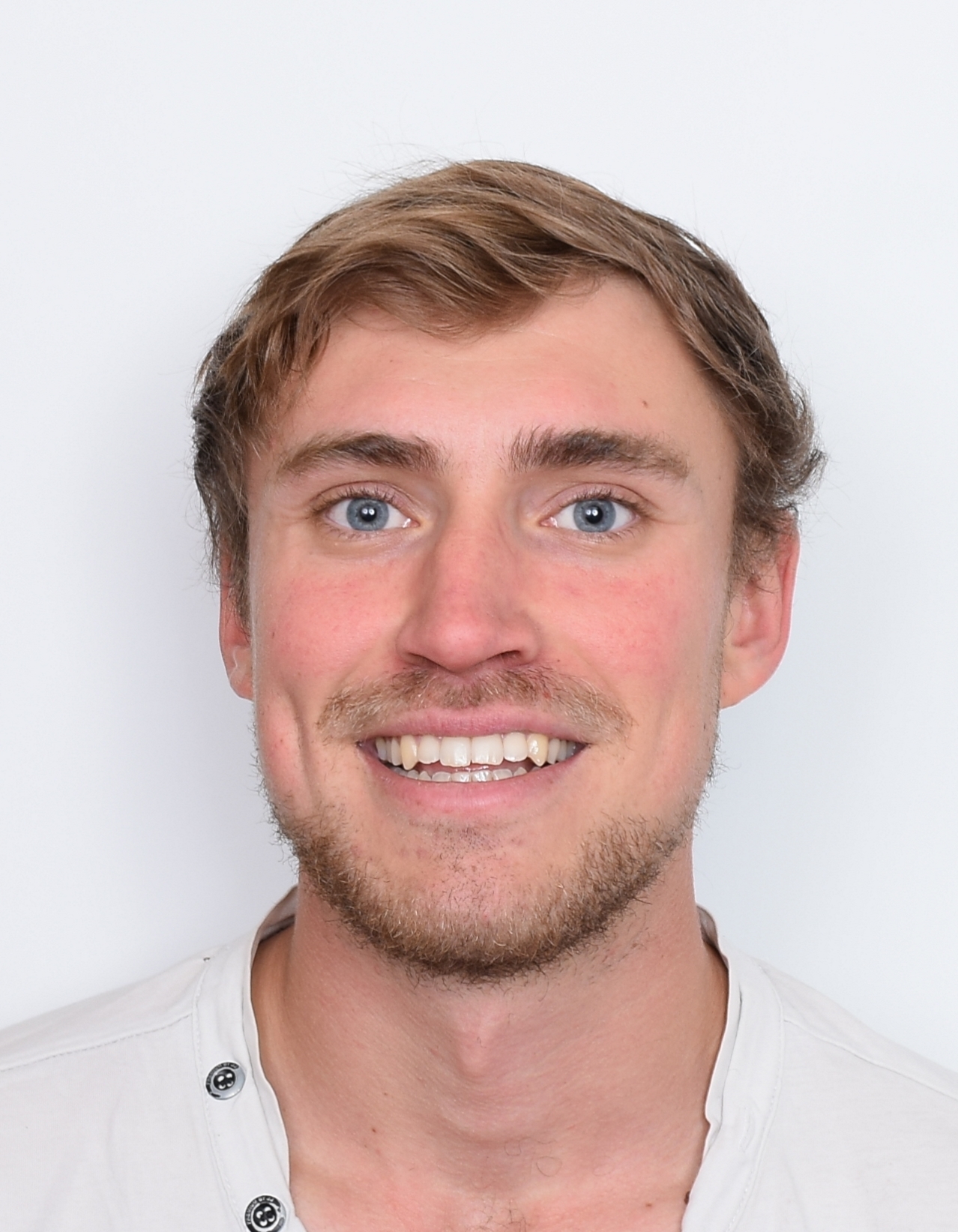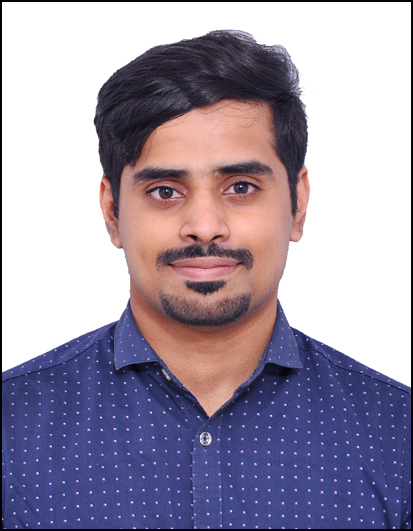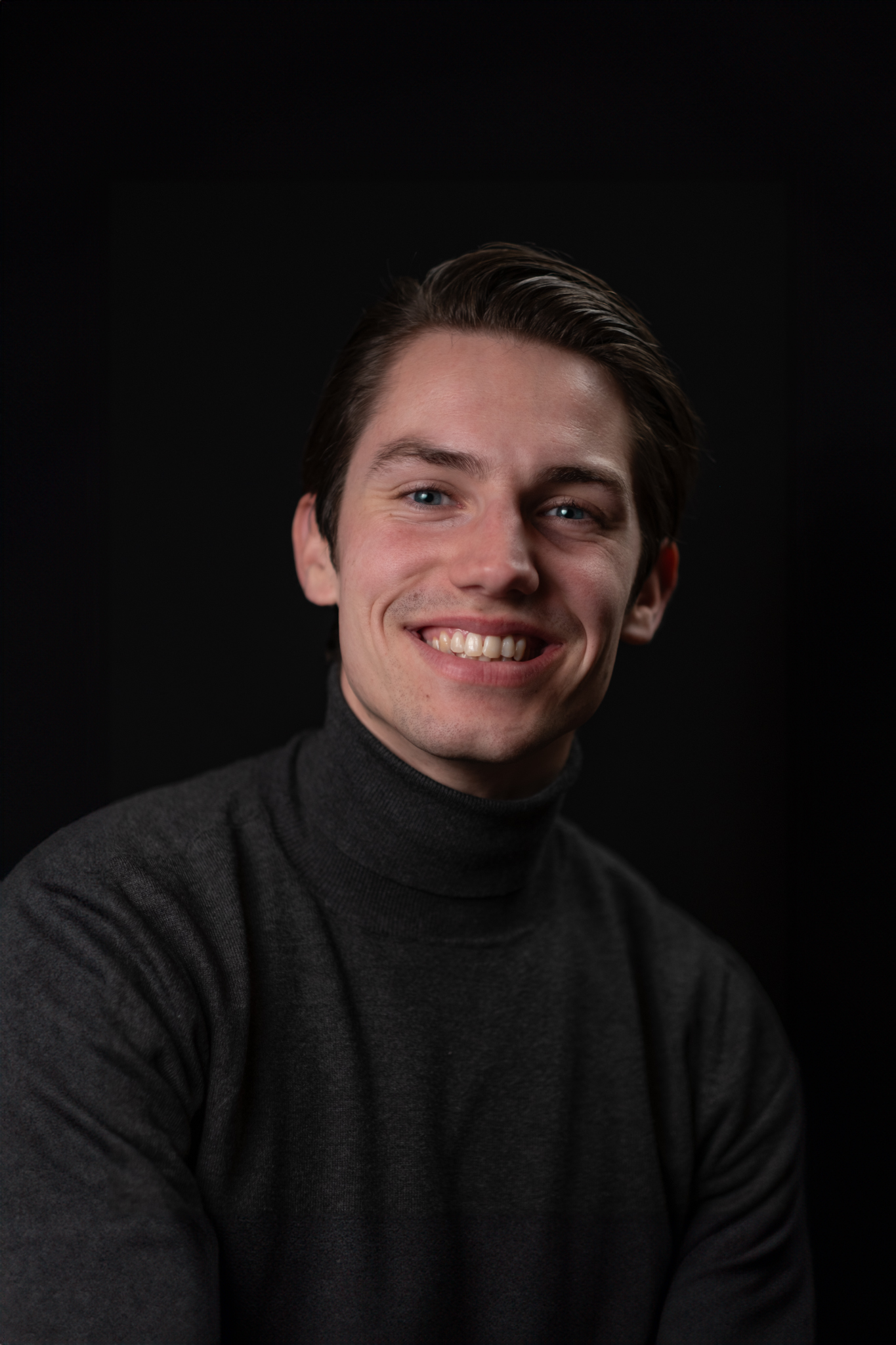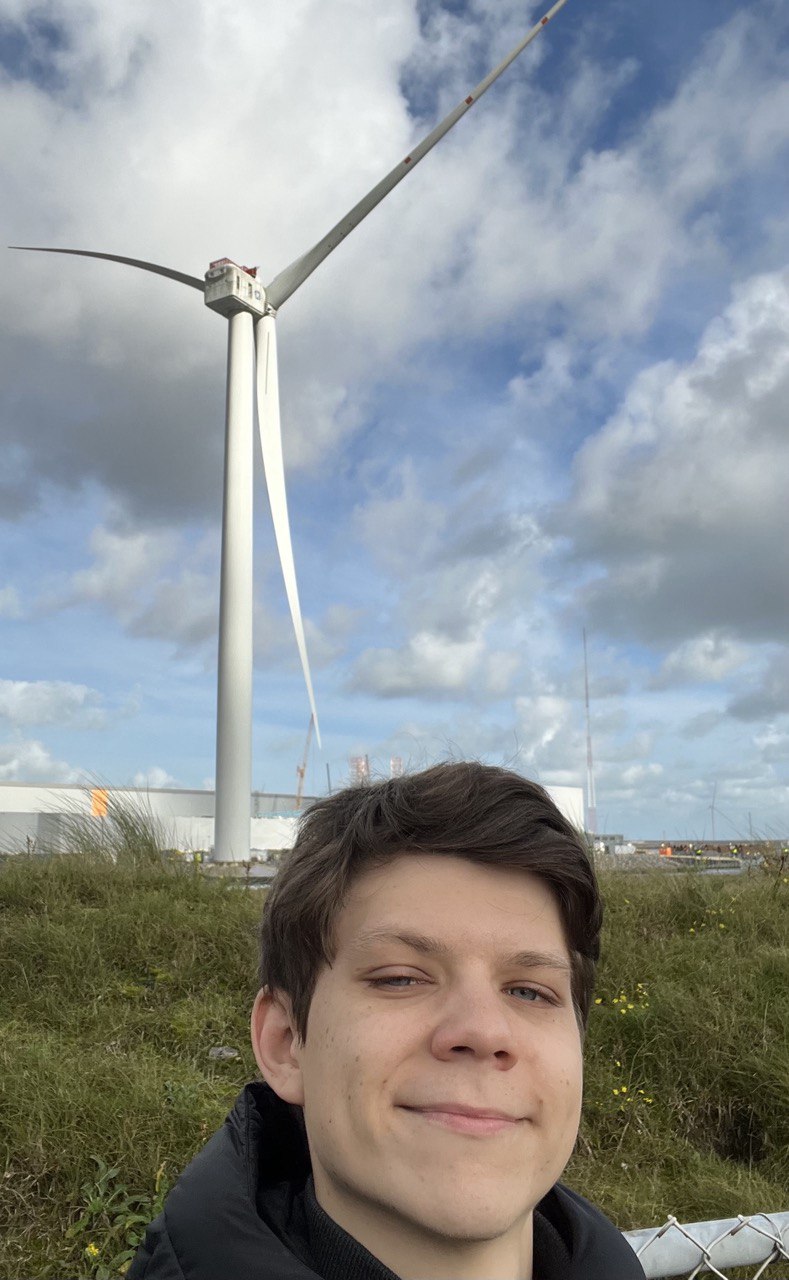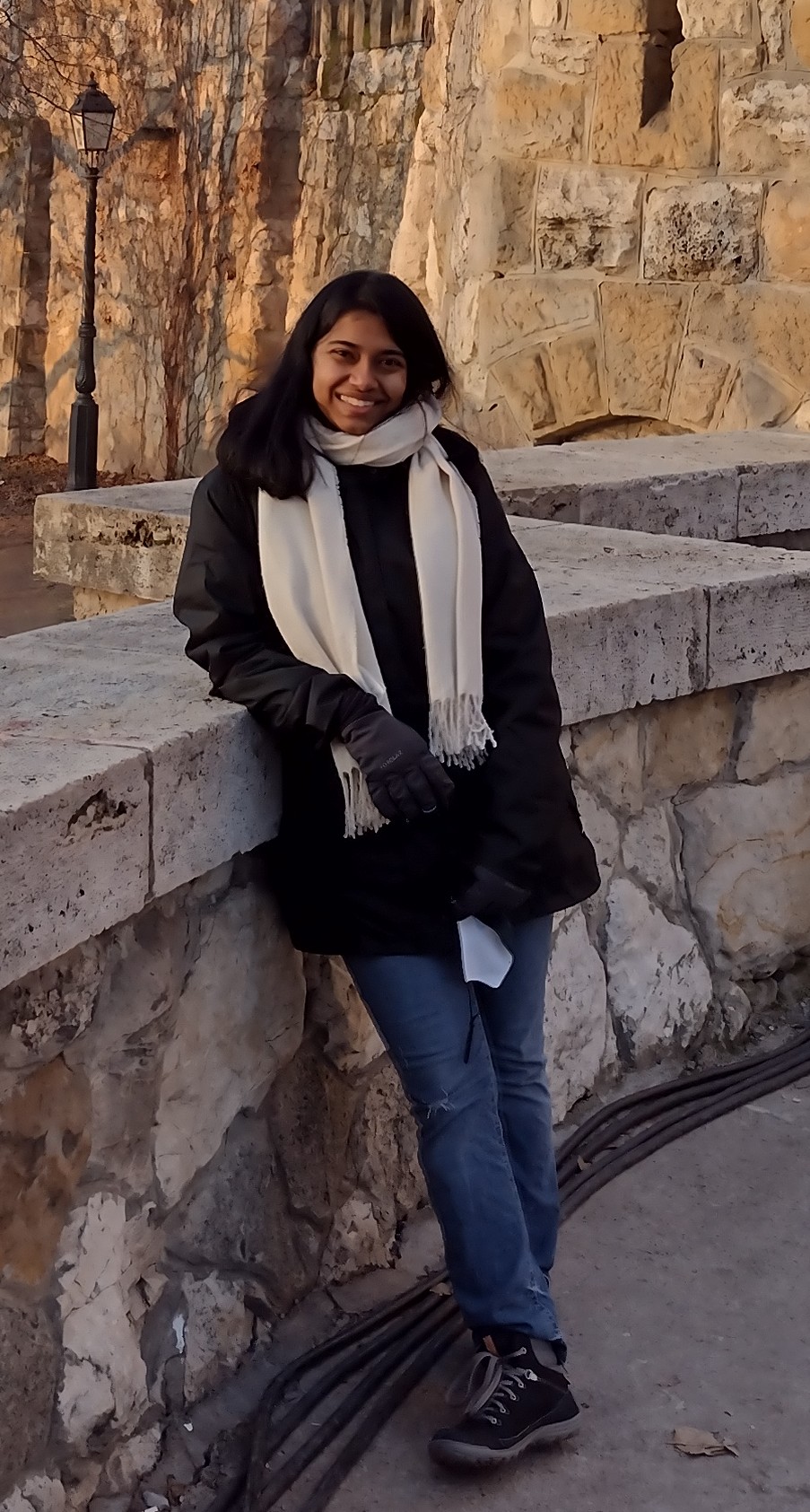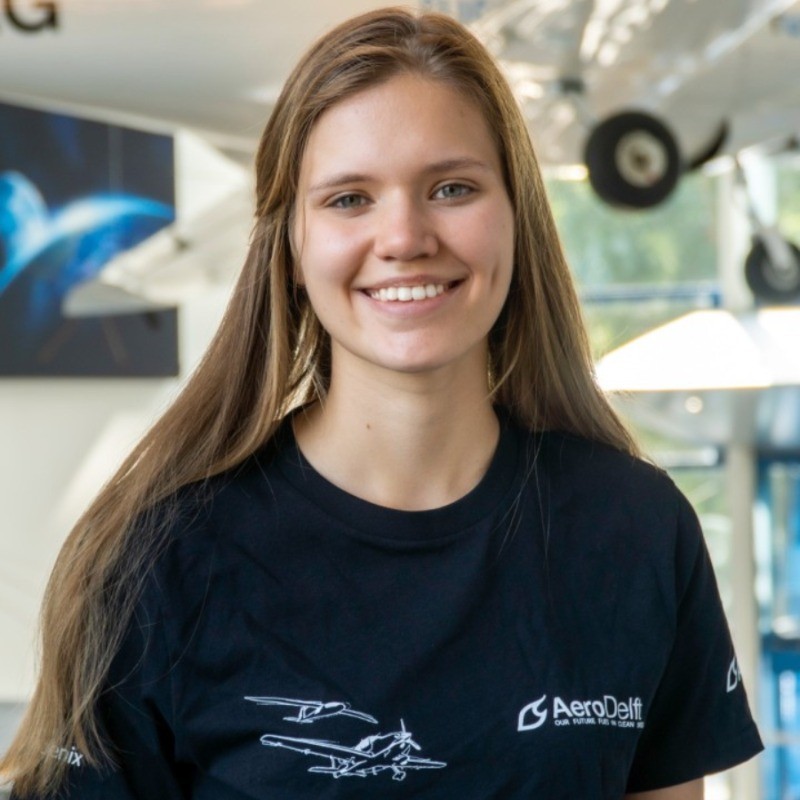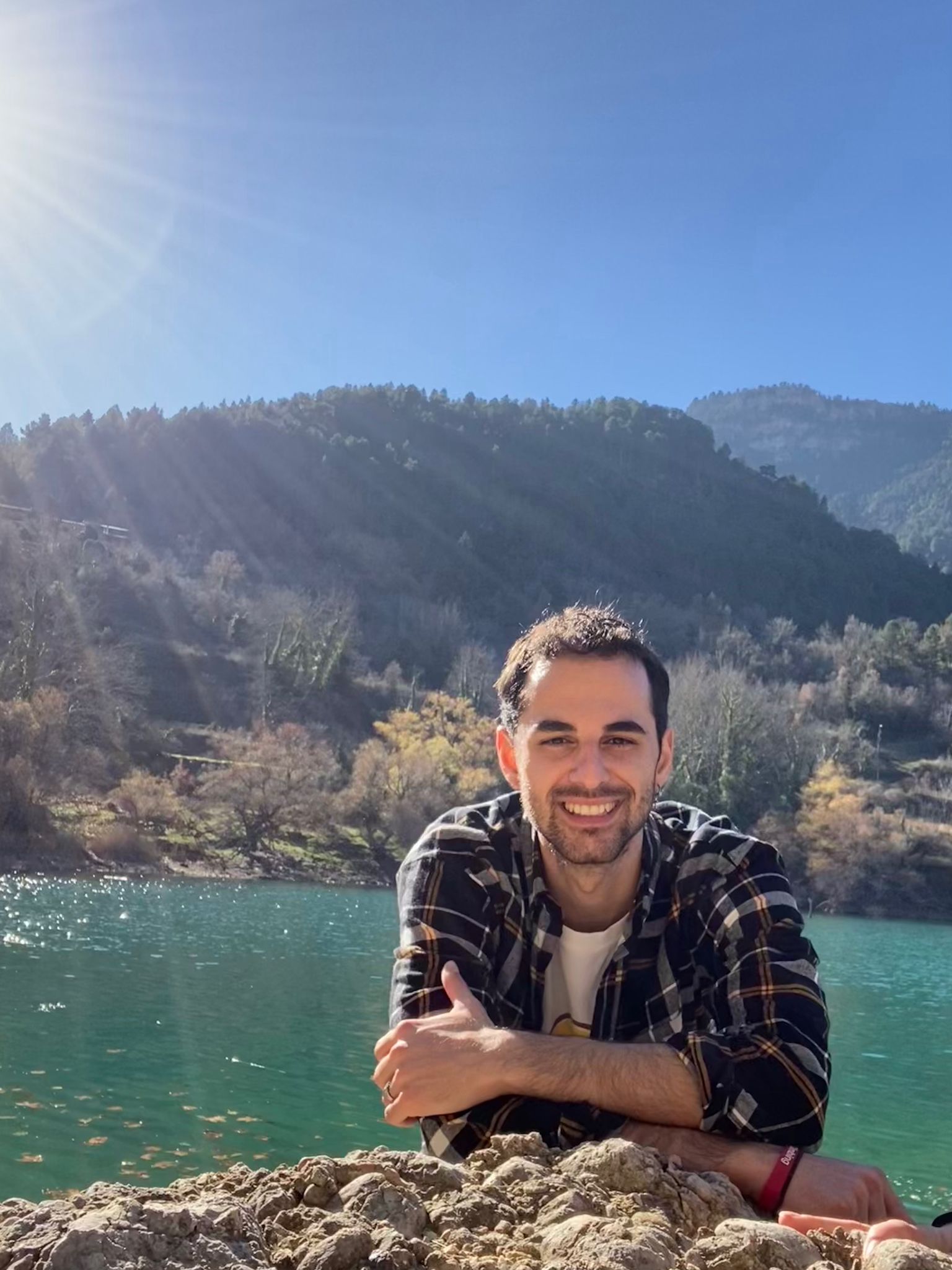Wind Energy
On the Brightspace organization Wind Energy - proposed master thesis projects you can find all our thesis projects we are currently offering to students.You are of course also welcome to bring to us your suggestions for a project. In that case, please contact the staff member working in that subject area. Usually a master project is related to an ongoing research of the Wind Energy Research Group. Students who are registered in the Aerodynamics & Wind Energy MSc track, profile Aerodynamics, and in the FPP MSc track are also allowed to choose one of the wind energy thesis topics (and vice versa).
For general questions about thesis projects at the Wind Energy Group you can contact Delphine de Tavernier.
Master Projects Aeroacoustics
Are you looking for a Master Thesis and have a solid background in Physics and Mathematics? Are you interested in aerodynamics, propulsion or wind‑energy and would like to work in Aeroacoustics?
Our group might be then a good choice for you! Aeroacoustics is becoming one of the most important challenges for engineers either approaching an industrial or an academic career in propulsion, wind energy and aerodynamics. Most of the companies working in collaboration with the AWEP department are increasingly asking for aeroacoustic knowledge and sponsoring studies for several applications ranging from wind‑turbine blades, aircraft design, jet noise etc.
We have a series of Master Projects available for you in the following subjects:
- Trailing‑edge noise reduction in wind‑turbines
- Porous materials for noise reduction
- Mitigation of installation effects in propeller aircraft
- Aeroacoustic of drones and engine noise reduction
- Ducted wind‑turbines for on‑shore application
- Noise reduction of future engines with boundary‑layer ingestion
- Personal Air Vehicles (PAV) and drone aeroacoustics
- Digital aircraft noise certification and flight-test uncertainties
Together with a growing interests in aeroacoustic studies of students of the Delft University of Technology, the master projects focusing on aeroacoustics are proposed to provide students with a broader knowledge of the noise sources and their measurements in wind tunnels by both lectures and laboratory activities. We have a team of faculty members and PhD candidates to help master students working with state of the art flow and noise measurement techniques. Are you looking for a fundamental study... for an industrial one... numerical or experimental and you just can’t decide? Do not hesitate, pass by for a short talk!
... need help or info?
come visit us in Room 62‑5.07, Kluyverweg 1, 2629HS, Delft
Experimental topics: Dr. Daniele Ragni
Numerical topics: Dr. Francesco Avallone
Master Projects Kite Power
Here is the link to thesis projects related to kites.
Erik Grigoryants
Comparative Analysis of Dynamic Stall Models for Wind Turbines
Jung-Ting Chang
Lymperis Lymperopoulos
Mid-term storage strategies ensuring flexibility by using hybrid power system.
Mathieu van der Straeten
Yannis Paraskevopoulos
Modelling wake effects between wind turbines with varying hub heights
